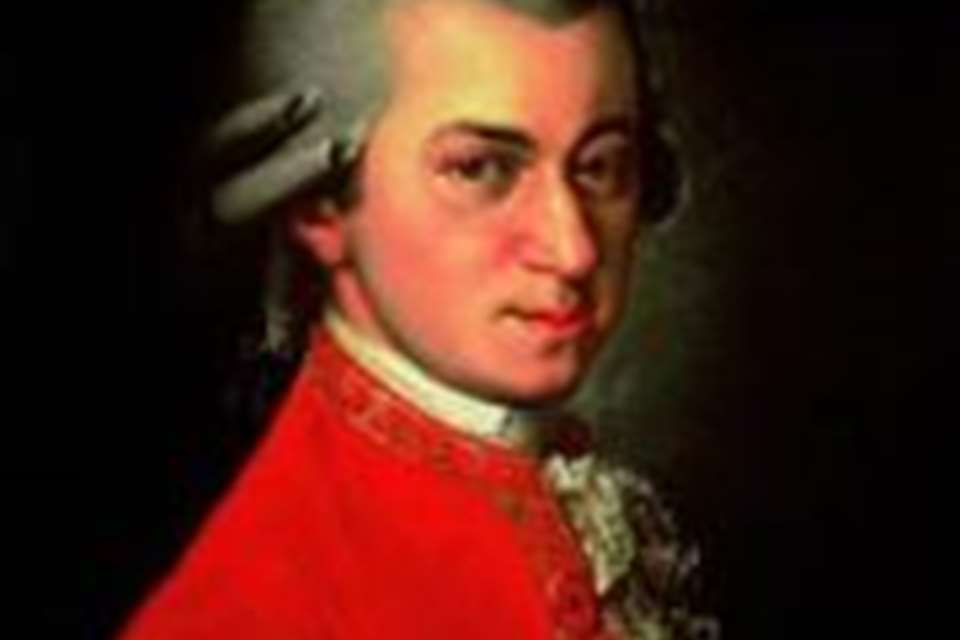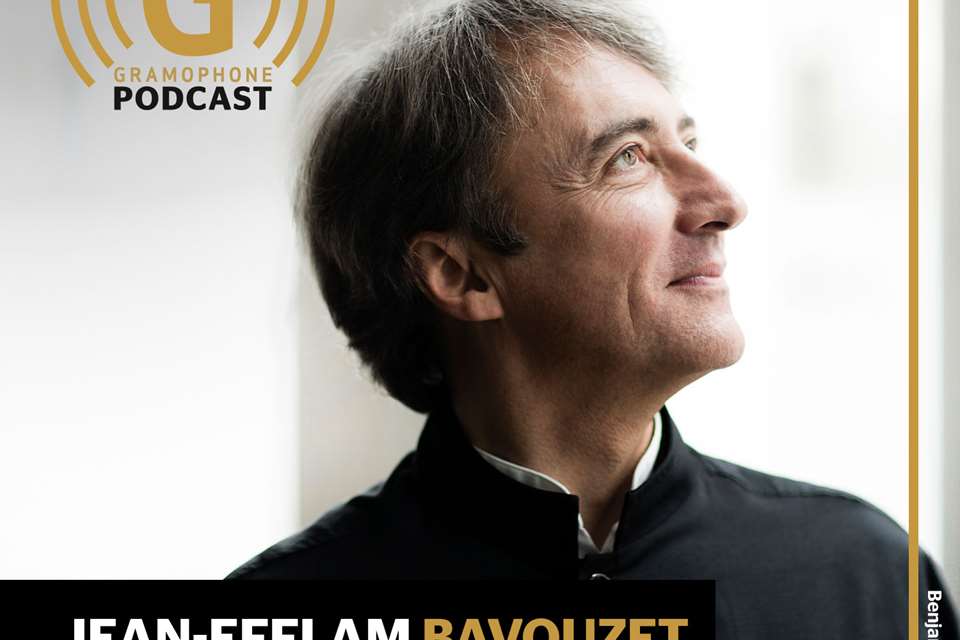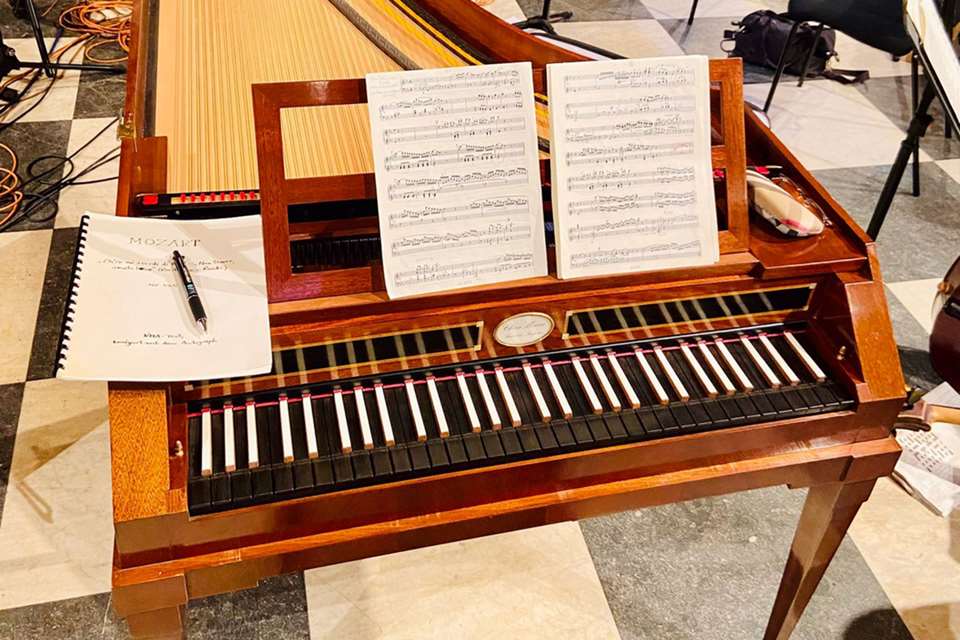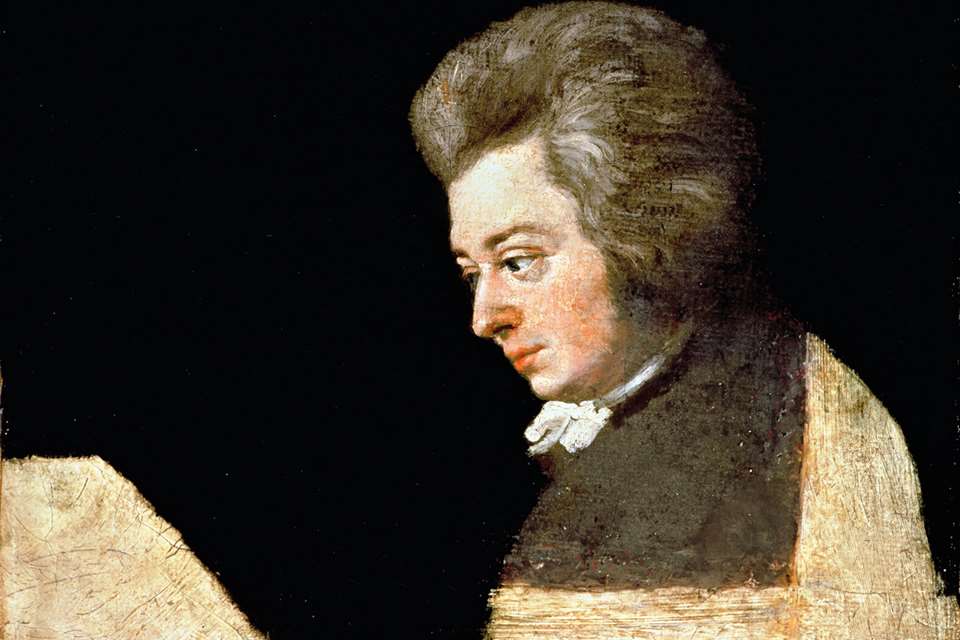Sarah Willis's 'Mozart y Mambo' project: a surprising hit and a life-changing musical journey to Cuba
Andrew Farach-Colton
Thursday, June 22, 2023
Berlin Philharmonic horn player Sarah Willis breaks barriers and records acclaimed Mozart concertos in Havana, inspiring Cuban musicians and promoting cultural exchange
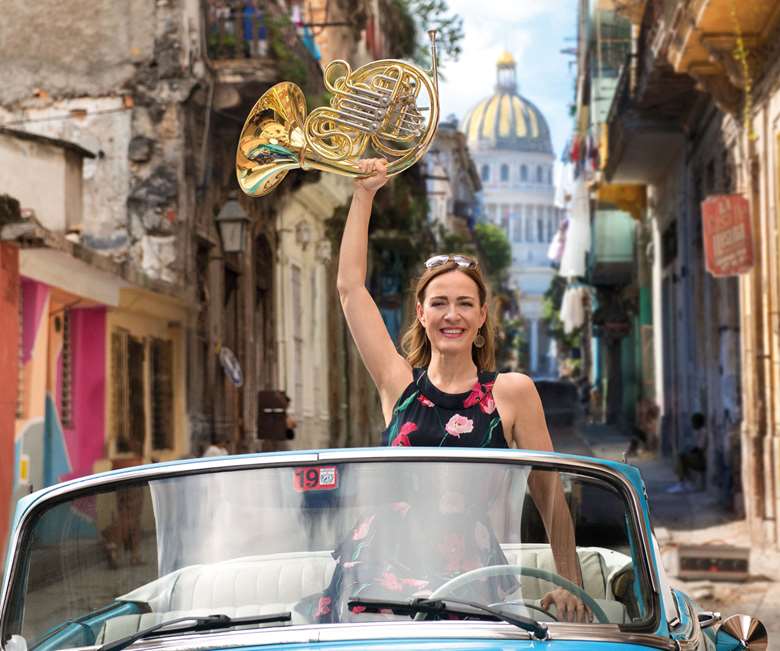
Register now to continue reading
Thanks for exploring the Gramophone website. Sign up for a free account today to enjoy the following benefits:
- Free access to 3 subscriber-only articles per month
- Unlimited access to our news, podcasts and awards pages
- Free weekly email newsletter





